Rane RPM 26 Manual
Rane
Ikke kategoriseret
RPM 26
| Mærke: | Rane |
| Kategori: | Ikke kategoriseret |
| Model: | RPM 26 |
Har du brug for hjælp?
Hvis du har brug for hjælp til Rane RPM 26 stil et spørgsmål nedenfor, og andre brugere vil svare dig
Ikke kategoriseret Rane Manualer
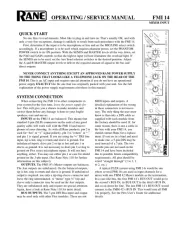
22 Juni 2025
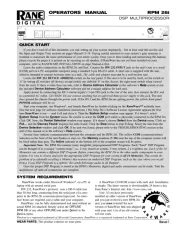
22 Juni 2025
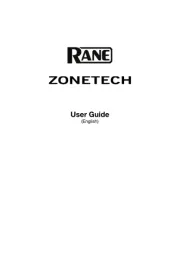
21 Juni 2025
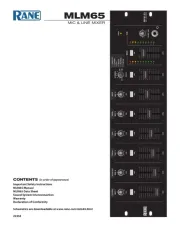
21 Juni 2025
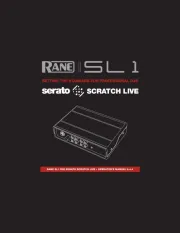
21 Juni 2025
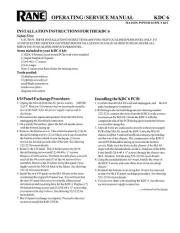
21 Juni 2025
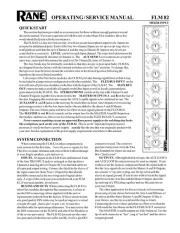
21 Juni 2025
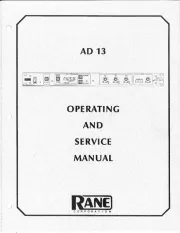
21 Juni 2025
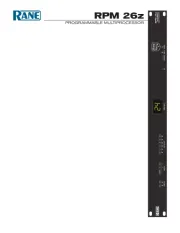
21 Juni 2025
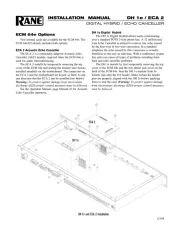
20 Juni 2025
Ikke kategoriseret Manualer
- Talkaphone
- Dynacord
- Cien BEAUTY
- IMC Networks
- Advance Acoustic
- WMF
- Bright Spark
- Frequency Central
- Thronmax
- TK Audio
- Majestic
- Kaiser Nienhaus
- Movo
- Bēm Wireless
- Praktica
Nyeste Ikke kategoriseret Manualer
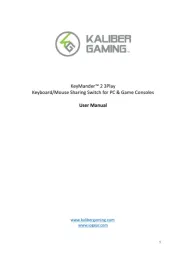
2 November 2025

2 November 2025
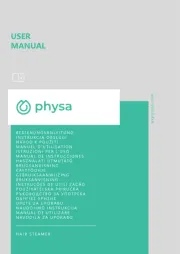
2 November 2025

2 November 2025
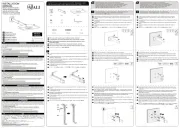
2 November 2025
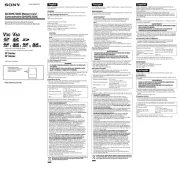
2 November 2025
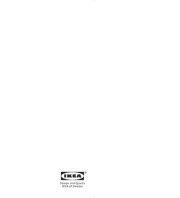
2 November 2025
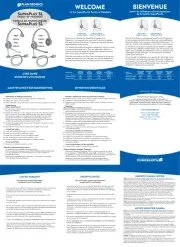
2 November 2025

2 November 2025
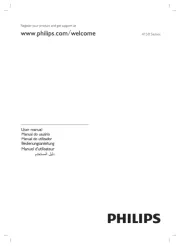
2 November 2025
